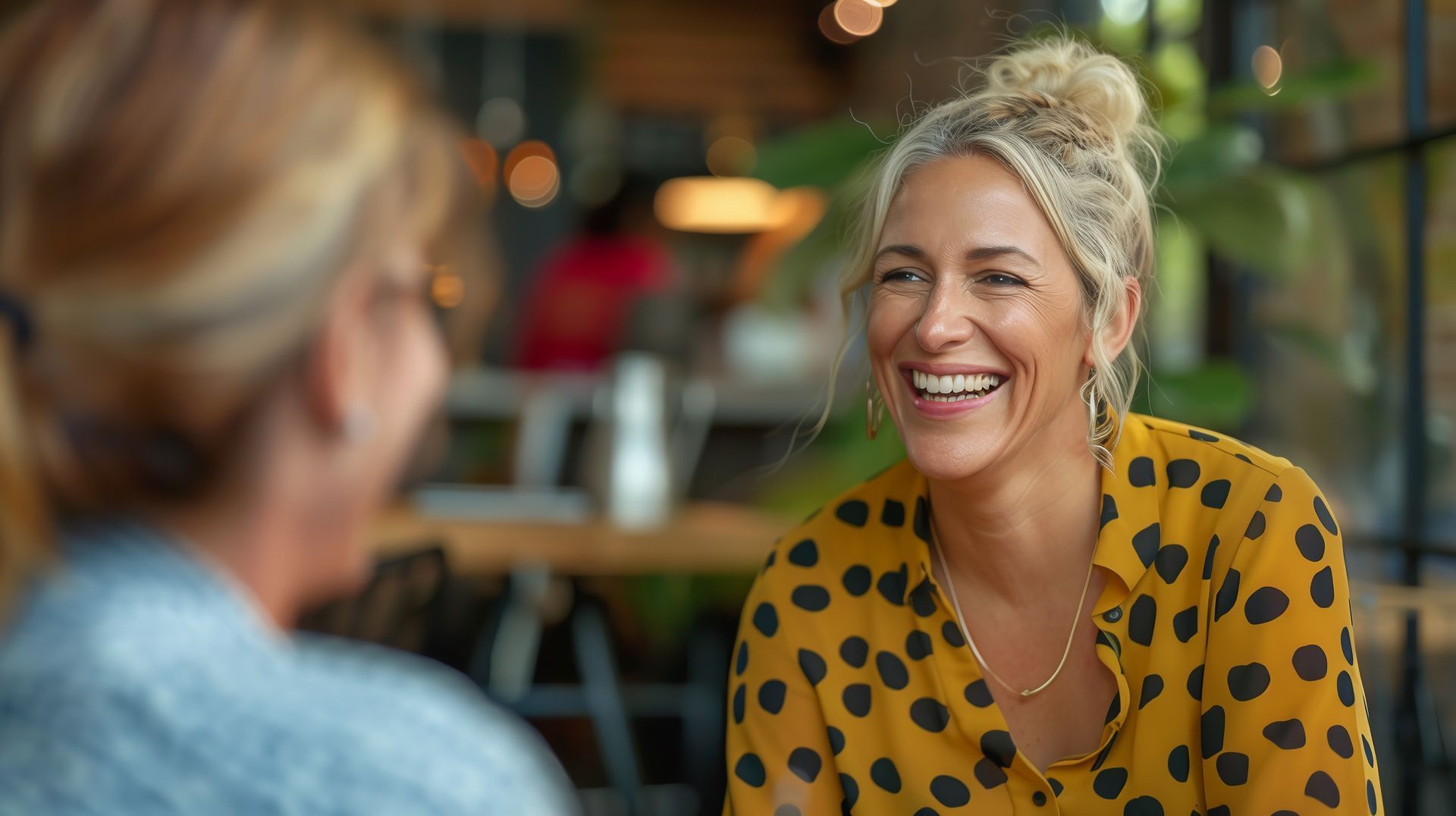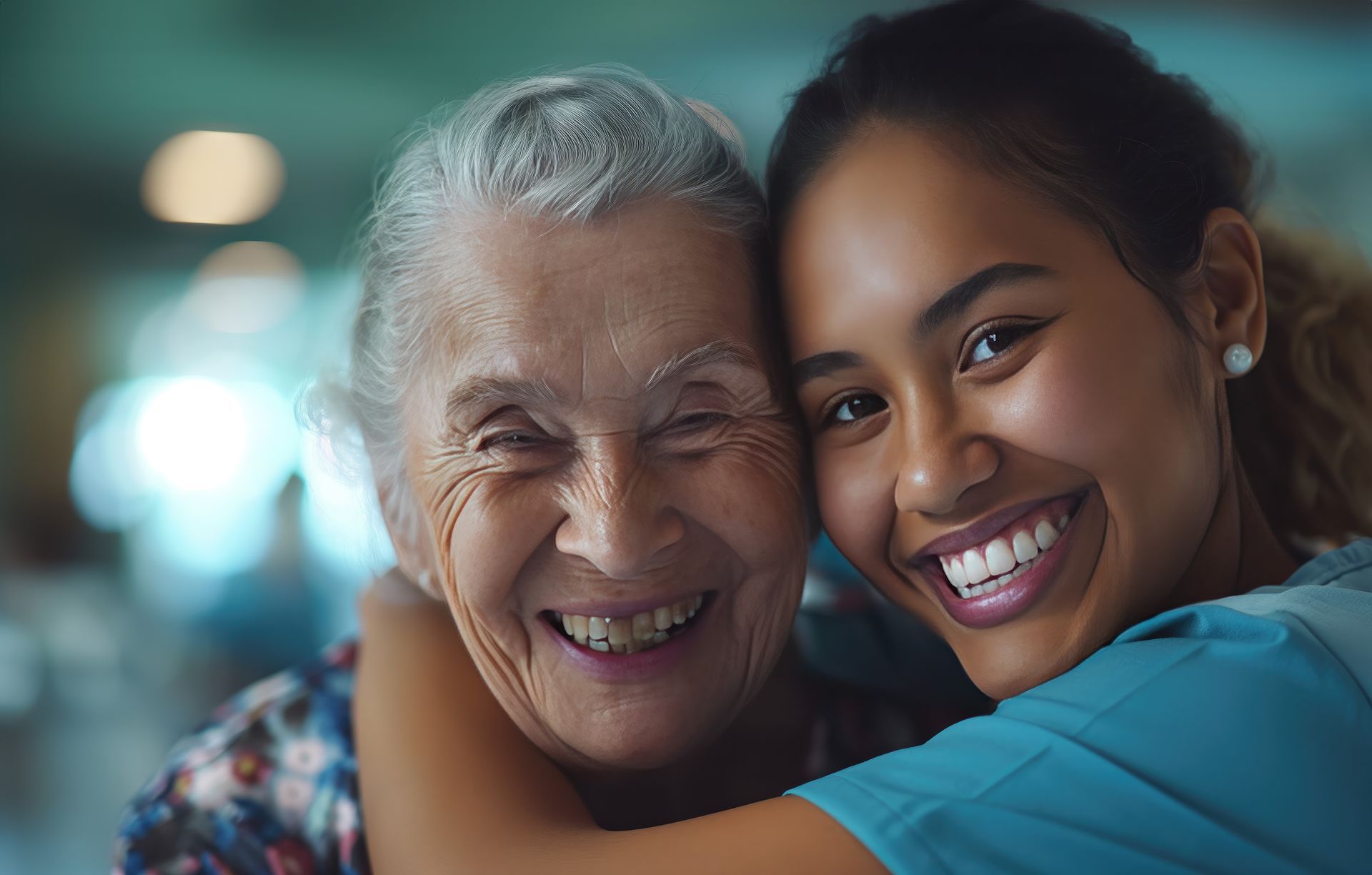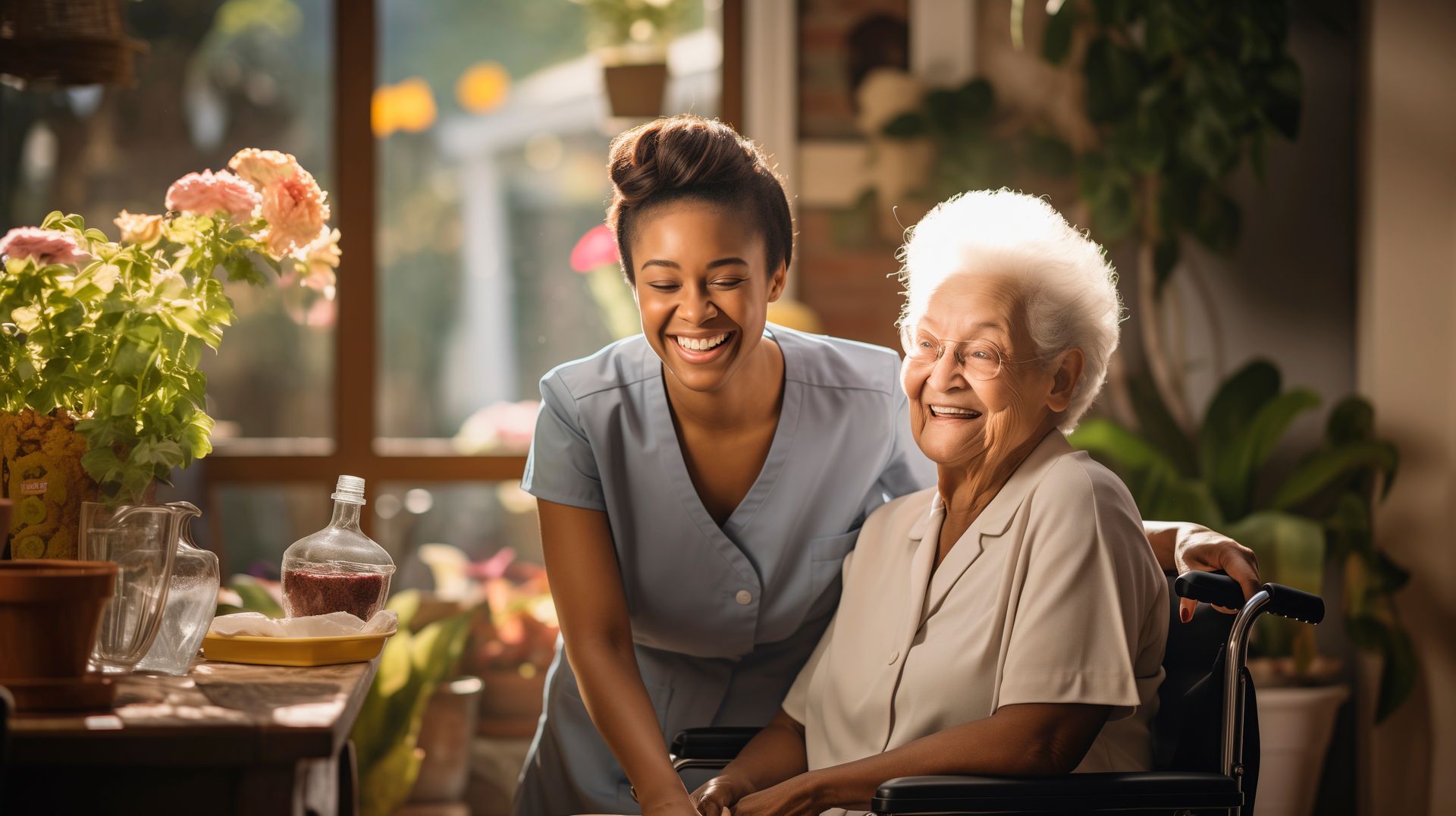Things worth talking about

1. Mental Health Benefits Regular social interaction helps prevent depression and anxiety in older adults. Meaningful conversations and shared activities with companions can significantly boost mood and maintain cognitive function. Studies consistently show that seniors who maintain active social lives experience lower rates of mental health issues. 2. Physical Health Improvement Companionship often leads to increased physical activity. Whether it's taking walks together, gardening, or simply moving around during social activities, having company encourages more movement. This physical engagement helps maintain mobility, strength, and overall health. 3. Enhanced Safety and Security Having regular companions means someone is there to notice changes in health or behavior. These relationships create a natural safety net, ensuring that any medical issues or concerns are spotted and addressed promptly. Companions can also assist with daily tasks, reducing the risk of accidents. 4. Sense of Purpose and Connection Regular social interaction gives older adults something to look forward to and helps maintain a routine. It provides opportunities to share life experiences, wisdom, and stories, contributing to a stronger sense of purpose and self-worth. The value of companionship for older family members cannot be overstated. As families and caregivers, ensuring our elderly loved ones have regular social interaction should be a priority in their care plan. Whether through professional companions, family visits, or community programs, these connections are vital for maintaining quality of life in the golden years.

As families juggle busy schedules filled with work, school, and personal commitments, the emotional well-being of older parents often takes a backseat. Loneliness and isolation can significantly impact their health and happiness. However, there are practical strategies families can adopt to help their older loved ones maintain social connections. Understanding the Challenge Many older adults experience isolation, especially if they live alone or have limited mobility. This loneliness can lead to various health issues, including depression and cognitive decline. As family members, it’s essential to recognize these risks and take proactive steps to ensure our parents remain socially engaged. Leveraging Companionship Agencies One effective solution is to utilize companionship agencies. These organizations provide trained professionals who can visit older adults, offering companionship and support. They can engage in activities like playing games, sharing stories, or simply enjoying a cup of tea together. This not only helps alleviate feelings of loneliness but also provides families with peace of mind, knowing their loved ones are being cared for and attended to. Exploring Friendship Clubs Another avenue to combat isolation is encouraging older parents to join friendship clubs or social groups. Many communities offer clubs focused on various interests, from gardening and book clubs to exercise classes. These clubs provide a structured environment for social interaction, allowing older adults to meet peers who share similar interests. Families can help by researching local clubs or even attending a few sessions together to ease the transition. Scheduling Regular Family Check-Ins While external resources are valuable, regular family check-ins are equally important. Establishing a routine where family members visit or call their older parents can significantly enhance their emotional well-being. Whether it’s a weekly dinner, a Sunday phone call, or a monthly outing, these moments of connection can create a sense of belonging and reduce feelings of isolation. Utilizing Technology In today’s digital age, technology can also play a crucial role. Video calls, social media, and messaging apps can help older adults stay connected with family and friends, even from a distance. Families can help set up devices and teach their parents how to use these tools effectively, ensuring they remain engaged with their social circles. Conclusion Combating isolation and loneliness among older parents requires a multifaceted approach. By leveraging companionship agencies such as Time for Tea Companions, encouraging participation in friendship clubs, maintaining regular family contact, and utilizing technology, families can make a significant difference in their loved ones’ lives. Prioritizing social connections not only enhances the quality of life for older adults but also strengthens family bonds, ensuring everyone feels valued and connected.

As we age, everyday activities like shopping can become more challenging. For many older adults, navigating crowded stores, managing transportation, and carrying heavy bags can be daunting. However, shopping with a companion can significantly enhance the experience, making it not just safer but also more enjoyable. Here are several key benefits of older adults going shopping with a companion. 1. Enhanced Safety Safety is a primary concern for older adults, especially when it comes to mobility. Having a companion can provide physical support and ensure that they navigate stores and parking lots safely. Companions can help carry items, assist in balance, and even provide a reassuring presence in busy environments. This added security can encourage older adults to maintain their independence without feeling overwhelmed by potential hazards. 2. Emotional Support Shopping can be stressful, and for older adults, it may also evoke feelings of loneliness or isolation. A shopping companion can offer emotional support, making the outing more enjoyable. Engaging in conversation, sharing laughter, and simply being together can alleviate feelings of anxiety or sadness. The social interaction that comes with shopping can greatly enhance an older person’s mood and overall well-being. 3. Increased Social Interaction For many seniors, opportunities for social interaction can dwindle as they age. Shopping with a companion not only provides a chance to connect with friends or family but also opens up opportunities to meet new people. Engaging with store staff or encountering other shoppers can foster a sense of community and belonging, which is invaluable for mental health. 4. Shared Decision-Making Shopping can sometimes be overwhelming due to the variety of choices available. A companion can assist in decision-making, providing valuable opinions and helping to weigh options. This collaboration can lead to better choices, whether it’s selecting the right groceries for a healthy diet or finding the perfect gift for a loved one. The process becomes less daunting when shared with someone who can offer insights and encouragement. 5. Physical Activity While shopping might seem like a simple task, it can also serve as a form of light exercise. Walking through stores, standing in line, and lifting items can contribute to daily physical activity. When accompanied by a friend or family member, older adults are more likely to stay active and enjoy the process. This engagement in physical activity is crucial for maintaining mobility and overall health. 6. Building Stronger Relationships Regular shopping trips can be a wonderful way to strengthen bonds between older adults and their companions. These outings create shared experiences and memories, fostering a deeper connection. Whether it’s a grandchild helping a grandparent or a friend accompanying another, these moments can enrich relationships and provide a sense of belonging. In conclusion, shopping with a companion offers numerous benefits for older adults. Time for Tea Companions offers this service because we understand that from enhanced safety and emotional support to increased social interaction and physical activity, these outings can transform a simple chore into a rewarding experience. Encouraging older adults to shop with someone can significantly improve their quality of life, making it a win-win situation for everyone involved.

As we get older, it can become increasingly tempting to slow down and be less physically active. Joint pain, decreased mobility, fatigue, and other age-related changes make it harder to keep up with the same exercise routines we may have enjoyed in our younger years. It's understandable to want to take it easy and opt for more sedentary activities as we enter our later stages of life. However, research shows that remaining physically active is absolutely crucial for our health and wellbeing as we age. In fact, staying active is one of the single most important things older adults can do to support their mental, emotional, and physical vitality. The benefits are vast and wide-ranging. From a physical health perspective, regular physical activity in older age has been shown to lower the risk of numerous chronic conditions, including heart disease, stroke, type 2 diabetes, and certain types of cancer. Exercise helps to maintain strong bones, muscles, and joints, reducing the risk of falls and fractures. It also supports healthy blood pressure, cholesterol levels, and circulation. Additionally, an active lifestyle can help manage or even reverse some of the effects of conditions like Parkinson's disease, arthritis, and Alzheimer's. Beyond the physical perks, staying active also delivers major mental and cognitive benefits. Exercise releases feel-good endorphins that can alleviate depression, anxiety, and stress. It also boosts brain function, memory, and concentration. Studies have found that older adults who exercise regularly are less likely to develop dementia and have better overall cognitive abilities compared to their sedentary peers. The social aspect of physical activity is another huge advantage for older adults. Many forms of exercise, such as group fitness classes, dance, or sports teams, provide valuable opportunities for social connection and community engagement. This can be a crucial antidote to the social isolation that often comes with aging. Maintaining these social ties and a sense of community is crucial for emotional wellbeing. Perhaps most importantly, regular physical activity helps older adults maintain their independence and ability to perform everyday tasks. Simple daily movements like getting dressed, climbing stairs, or carrying groceries become much more difficult without adequate muscle strength, balance, and flexibility. An active lifestyle helps preserve these functional abilities, allowing older adults to remain self-sufficient and live with a greater sense of autonomy for longer. Of course, the specific exercise needs and abilities of older adults can vary widely depending on individual health conditions, fitness levels, and mobility. The key is to find physical activities that are enjoyable, safe, and suited to one's current capabilities. This might mean starting slow with gentle exercises like walking, swimming, or chair yoga, and gradually building up strength, stamina, and flexibility over time. It's also important for older adults to consult with their healthcare providers to develop an exercise plan that takes any medical issues or limitations into account. With the right approach, even older adults with chronic health problems can often make significant gains in their physical function and independence through regular activity. The bottom line is that remaining physically active should be a top priority for older adults who want to maintain their health, vitality, and quality of life. It's never too late to get started - the benefits are truly remarkable. So find ways to move your body on a regular basis, whether that's joining a senior exercise class, going for daily walks with your companion from organisation like Time for Tea Companions, or even just doing some light stretching at home. Your mind and body will thank you.

As we get older, it can become easier to withdraw from social activities and interactions. Retirement, the loss of loved ones, physical limitations, and other factors of aging can make it tempting to stay home and limit our social engagements. However, research shows there are significant mental, emotional, and physical benefits to remaining socially active as we get older. In fact, maintaining an engaged social life may be one of the most important things we can do to support our wellbeing in the later stages of life. From a mental health perspective, social activity is crucial for staving off loneliness and depression, which can become more common as we age. Humans are inherently social creatures, and we have a fundamental need to feel connected to others. When that need isn't met, it can take a serious toll. Studies have found that socially isolated older adults have a 50% increased risk of developing dementia, and are more likely to experience anxiety, cognitive decline, and other mental health issues. Conversely, older adults who maintain an active social life have been shown to have better cognitive function, memory, and overall mental acuity. Social engagement stimulates the brain and helps to build cognitive reserve, which can protect against the effects of aging on the brain. Regular social interaction also promotes the release of endorphins and other feel-good neurochemicals that boost mood and feelings of wellbeing. Beyond the mental health benefits, social activity in older age is also important for physical health. Strong social ties have been linked to a lower risk of high blood pressure, heart disease, stroke, and other chronic conditions. It's thought that social engagement helps to reduce stress and inflammation in the body, which in turn lowers the risk of these diseases. Additionally, many social activities, like group exercise classes or dance, provide important opportunities for physical activity that can maintain strength, balance, and flexibility as we age. Of course, staying socially connected can become more challenging as we get older. Mobility issues, health problems, the loss of a spouse or close friends, and other age-related changes can make it difficult to maintain an active social life. However, there are many ways older adults can overcome these barriers and continue to engage with their communities. Companion services, like Time for Tea Companions can really help and encourage you to be participating in adult day programs like U3A, taking classes, volunteering, or regularly connecting with family and friends via phone, video chat, or in-person visits. The key is to make social engagement a priority, and to get creative about finding ways to stay connected that work for your individual circumstances and abilities. With a little effort, the benefits to your mental and physical health can be profound. So don't let age be an excuse to retreat from the social world - embrace the opportunities to build relationships and communities that will enrich your golden years.

Services like Time for Tea Companions are there to provide good company, help out with daily life, or just to have a chat. When picking the perfect companion, keep these things in mind: Assess Needs and Personality Start by evaluating your loved one's specific needs and preferences. What kind of assistance do they require - help with daily tasks, transportation, personal care? And what type of personality would they respond best to - more outgoing and engaging, or quiet and calm? Match the caregiver's strengths and traits to your loved one's needs and temperament. Remember that some care needs are best met by care services rather than companions. Look for Experience and Training Seek out companions with prior experience working with older adults. Ideally, they should have some formal training in things that matter, like safeguarding and first aid, whether it's from an agency service like Tie for Tea Companions or a specialised caregiver certification course. This ensures they have the proper skills and knowledge to provide quality care as well as friendship and support. Prioritize Compassion and Patience Beyond technical care skills, the most important qualities in a companion caregiver are a caring, empathetic nature and an abundance of patience. Your loved one could be spending a lot of time with this person, so it's crucial they feel comfortable, respected, and genuinely cared for. Conduct In-Person Interviews Don't just rely on CVs and references - meet potential companions in person to get a feel for their personality and communication style. Pay attention to how they interact with your loved one and how well you think they'll be able to build a positive relationship. Consider Compatibility Chemistry and compatibility are key. Make sure the companion's schedule, availability, and location are a good fit. And don't be afraid to try out a few different options until you find the perfect match. Compatibility can make all the difference in a successful caregiving arrangement. Set Clear Expectations Once you've found the right companion, have an open discussion to establish clear expectations around duties, schedule, communication, and any house rules or routines. Getting on the same page upfront will help ensure a smooth, successful partnership. With the right companion in place, your loved one can enjoy the social interaction, assistance, and peace of mind they need to continue thriving in their golden years. Take the time to find the perfect fit, and it will be well worth it. So if you or a loved one could use a little extra care and companionship, don't hesitate to contact us. It could be the key to staying happy, healthy, and at home as you get older.

Companion care services like Time for Tea Companions provide older adults with a friendly, supportive visitor to help them with everyday tasks and provide valuable social interaction. If you or a loved one are on the fence about looking into companion care, here are 5 great reasons to take the plunge: Combats Loneliness Let's face it - no one wants to spend their golden years feeling lonely and cut off from the world. Companion caregivers are there to provide regular visits and engaging conversation. They can play games, go for walks, help with hobbies, or just be a friendly ear when you need to vent. Having that regular social interaction can do wonders for your mental and emotional wellbeing. Helps with Daily Tasks As we age, basic tasks like cooking, cleaning, running errands, and even bathing can become more difficult. Companion caregivers can lend a hand with all of these daily activities, allowing you to maintain your independence for longer. They can grocery shop, prepare meals, do light housekeeping, provide transportation, and offer assistance with personal care. This extra support can be a real lifesaver. Improves Physical Health Speaking of personal care, companion caregivers can also help older adults stay on top of their physical health needs. They can remind you to take medications, escort you to doctor appointments, encourage you to exercise, and assist with mobility aids like walkers or wheelchairs. All of this adds up to better overall health and wellness as you grow older. Provides a Sense of Security Living alone can start to feel a little precarious as we age. Companion caregivers offer an extra layer of security and give families peace of mind. They can check in regularly, keep an eye out for any issues, and even provide basic home safety monitoring. Knowing there's someone there to lend a hand or call for help if needed can be incredibly reassuring. Supports Aging in Place Most older adults would prefer to remain in their own homes for as long as possible, rather than moving to a nursing home or assisted living facility. Companion care makes it easier to age in place by providing the support needed to stay independent. With the right caregiver, you can maintain your current lifestyle and routine without feeling overwhelmed by the challenges of growing older. So if you or a loved one could use a little extra care and companionship, don't hesitate to contact us. It could be the key to staying happy, healthy, and at home as you get older.
Let's Talk
Give us a call today on 01483 604580. Let's find a time where we can meet or talk about becoming your companion.

